
Gazing at the Future of Workplace Design
Taking inspiration from architects, designers and developers; this article reveals how to create an office environment to make staff happier, more motivated and more productive.

Gone are the days of employees trapped in isolated booths, heads down with little social interaction. For many businesses, gone still is the ubiquitous open-plan style that followed. Instead we're seeing a shift in office design towards flexible working, with spaces to suit every working style such as co-working, collaboration, socialising and private working. A recent survey concluded that flexible working makes employees less stressed and more productive. But as office design trends continue to vary, what will the future workplace look like?

Andy Heath, design director for Europe, Middle East and Africa at WeWork, predicts we will move away from open plan and towards "cellularisation" of various different sized spaces that can be reconfigured. The office has to be designed for both introverts and extroverts - both of which have different working styles.

Mr Postma has been working on Google's new Mountain View campus in California, which rather than having traditional office floors, it features individual plates linked with ramps in-between which slope downwards from the centre of the building, splitting a floor across 20 levels allowing everyone to see out of windows and up the entire "vertical façade" of the space. The roof is made of a series of fabric canopies, allowing light and air to filter through. "It strikes a balance between everyone working on one level, but not being lost in an anonymous sea of white sadness, the plates provide people with their own space and team ownership, while giving them access to outside views and daylight."

Others predict a shift to giving employees more control over their environment, designing rooms with varying ceiling heights, paint tones, lighting and temperature levels. A shift to hybridisation in office design may see outdoor and indoor areas merging, possibly even to create multi-purpose buildings that cater for the whole community, rather than just people who work there. Architects recognise a need to be close to nature will dominate the future of office design, however, Mr Postma says "the trend goes way beyond green walls and potted plants. People want a strong understanding of the time of day, seasons and weather; it's the opposite of the casino model."
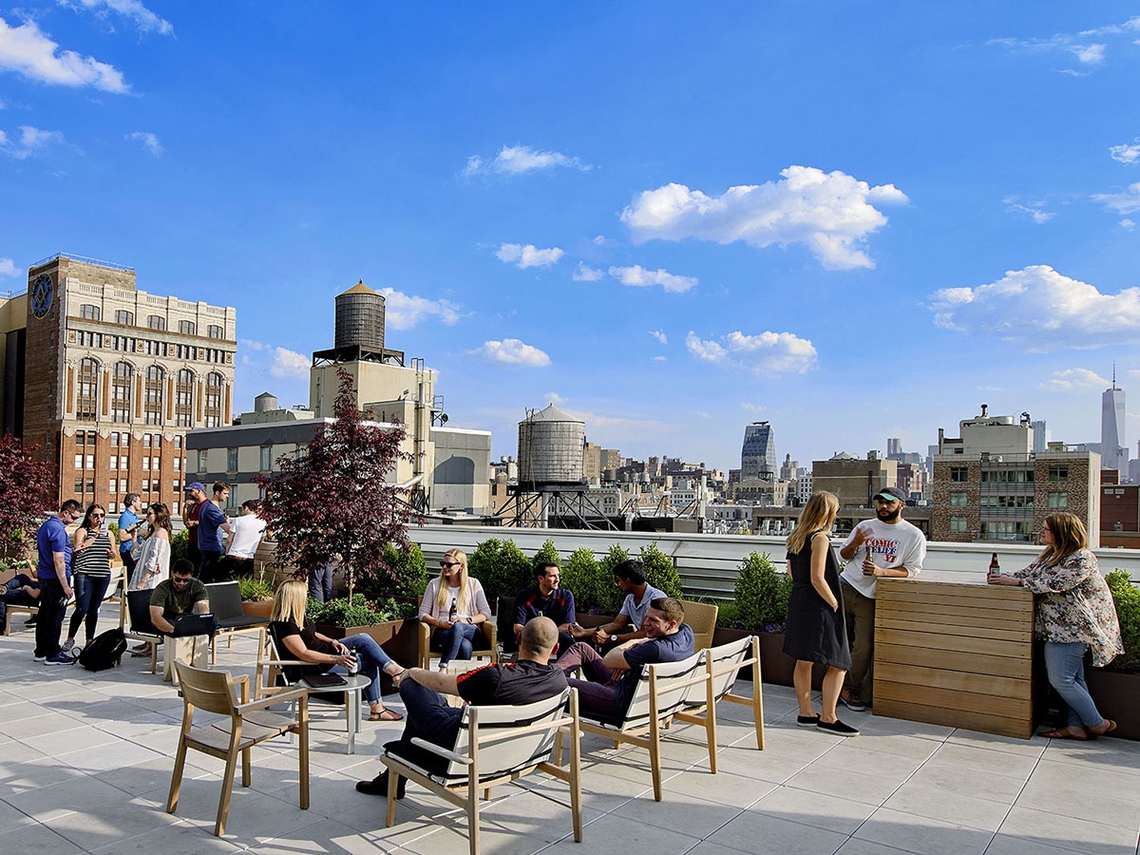
Mr Postma also predicts that more buildings will be designed without a set user in mind, creating a versatile shell that could be filled with modular fit-outs to suit different brands and fashions, which is why ex-industrial buildings continue to be popular. “There’s an ongoing trend for industrial aesthetic,” he says. “The scrappiness gives soul and allows users to feel like they can change the space. It doesn’t feel polished and perfect, giving people autonomy to make a workspace theirs.”

WeWork's Mr Heath believes data will increasingly be used to create offices tailored to individuals. "An office will track my location and adjust preferences to suit me. After lunch, the temperature where I am sat might drop by a degree and the blinds may go up slightly to wake me up, creating my optimum work environment."

While offices continue to evolve, the future workplace will see interesting advancements beyond modular meeting rooms, from personalised environments to furniture that is better for our health. We could further see a push towards workspaces that value the wellbeing of staff on equal measure with their productivity.



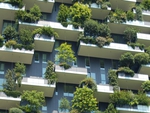

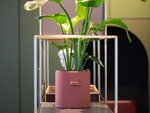

Bringing the company together in the heart of Manhattan's financial district, Booking.com have recently relocated into …
PROFESSIONAL SERVICES
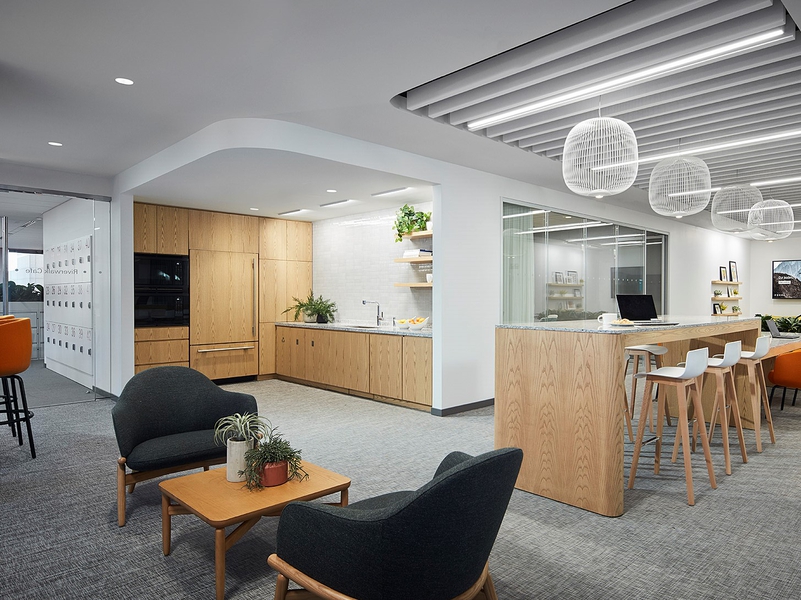
A global reinsurance company has recently partnered with Interior Architects to design their new offices in Chicago. A …
FINANCIAL SERVICES
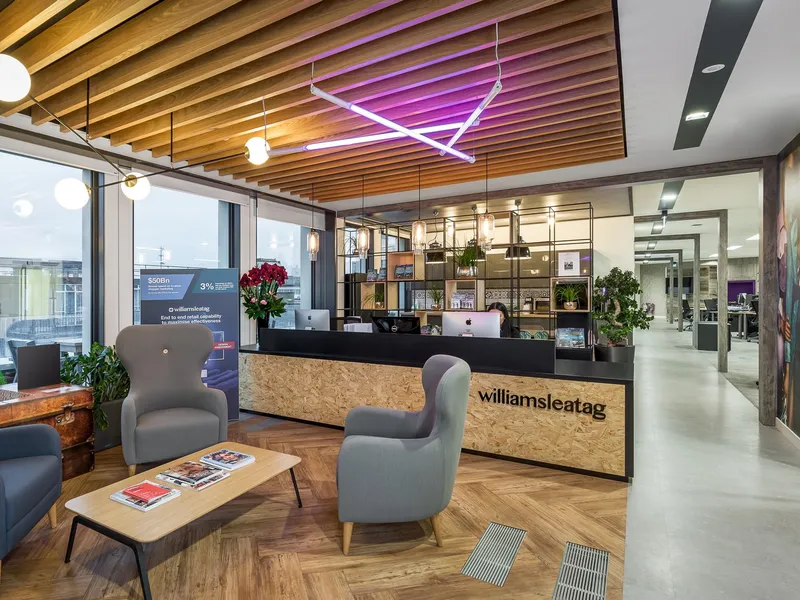
Williams Lea Tag's new offices in London provide a workspace that is both adaptable to the company's needs and sustaina…
PROFESSIONAL SERVICES